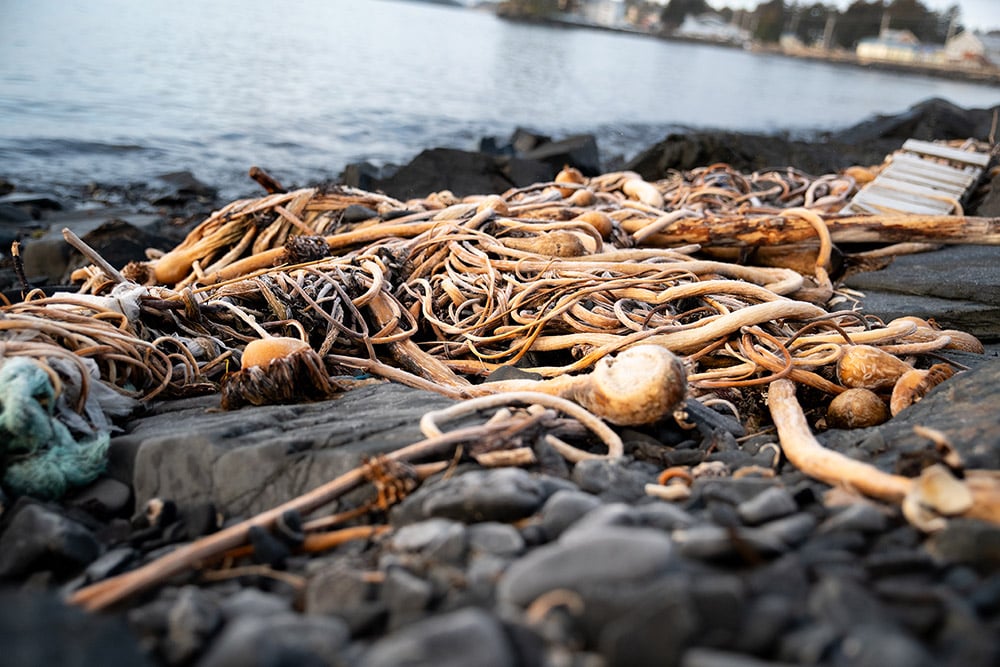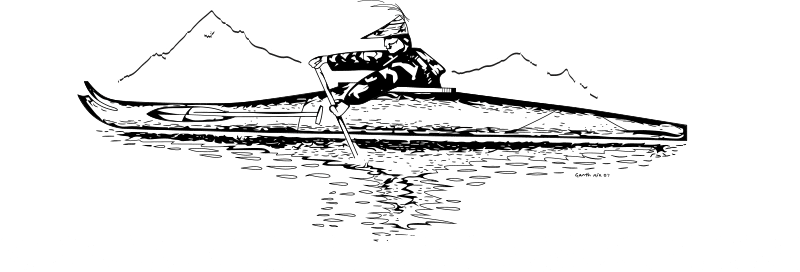MARICULTURE – SWOT
STRENGTHS

- Mariculture is a complementary industry to the traditional fisheries industry in terms of marine vessel experience, equipment already owned, infrastructure, and a workforce with transferrable skills.
- Alaska Mariculture Cluster, part of the Southeast Conference, is the recipient of a $49M Economic Development Administration Build Back Better Regional Challenge grant to enable shellfish and seaweed aquaculture to expand in the state.
- The Alaska Mariculture Task Force was established by the State of Alaska “To provide recommendations to develop a viable and sustainable mariculture industry producing shellfish and aquatic plants for the long-term benefit of Alaska’s economy, environment, and communities.”
- Permit applications have been submitted from multiple tribes in the Kodiak region to establish mariculture farms.
- The Kodiak Archipelago Leadership Institute (KALI) successfully utilized USDA funding to conduct site assessments and mapping that supported the tribes’ current and future farm permit applications.
- Kodiak Wildsource (owned by the Sun’aq Tribe) processed raw kelp for a few harvest seasons and is working to improve operations to increase processing capacity.
- Blue Evolution in Kodiak purchases and processes kelp from independent farmers, provides kelp seed, advice on farming practices and site selection, and funds research that will improve farming practices and efficiency.
WEAKNESSES
- Limited amount of processing and farm infrastructure coupled with a limited amount of capital for farms and processing infrastructure development.
- Lack of a developed market, making funding for the development of farms and processing infrastructure difficult to obtain.
- Limited technical capacity in farm operations and management for emerging farmers in rural village communities.
- Processing kelp into food-grade materials requires high energy consumption; this is challenging in small microgrid communities.
- The volume of raw materials to create bio-fuels and bio-plastics is much higher with lower value than raw materials needed for food products.
OPPORTUNITIES
- Polyculture (cultivating multiple crops in the same farm location) farming in the Kodiak region represents a good opportunity to contribute to economic diversification.
- The Kodiak Seafood and Marine Science Center (KSMSC) has the potential to become a mariculture innovation center to conduct training from seed to sale, assist in product development and business planning guidance with components including hatcheries and a demonstration farm for hands-on learning.
- Farm and processing operations could be owned locally, providing new economic diversification for rural village communities.
- Advances in manufacturing and product development beyond food would increase the raw material demand.
- Demonstration farms for local, prospective farmers to gain experience and technical skills while working through permitting and set up of village-based mariculture farms and hatchery operations.
- Carbon sequestration from the natural seaweed could present additional benefits for mariculture farms and provide potential for entry into carbon markets, adding revenue to mariculture farm businesses.
- Port Lions’ connection to the Kodiak Electric Association’s low-cost electricity is a benefit for establishing a processing plant.
THREATS
- Large industrial entities with sizable technical depth and access to capital developing farms around the local village communities create concern regarding rural and Alaska Native participation in the industry.
- Over-saturation of products on the market would be an issue without increasing demand for kelp and kelp products.
- A long and backed-up permitting timeline from DEC.
- Lack of processing capacity – farm operators may not have the ability to influence unless vertically integrated.
- Lack of clearly defined markets for products, infrastructure, and available capital.
- Concerns regarding ensuring rural and Alaska Native participation.
MARICULTURE – NARRATIVE
The Mariculture industry continues to develop with increasing potential throughout Kodiak, and along all coastal communities throughout the world. Mariculture is the enhancement, restoration, and farming of seaweeds, shellfish, and other marine life. The industry could provide opportunities for economic growth, food security, climate change mitigation, and the future of alternative fuels and plastics. The industry is directly complimentary to the traditional fisheries industry, sharing much of the same equipment (skiffs/boats, nets, and line, etc.), and vessel experience and generally is active when commercial fisheries are not. The industry helps commercial fishing ride out the “lows”, including the farming, harvesting, and processing sectors and can share a workforce with transferrable skills.
Under Alaska Governor Bill Walker in 2016, the State of Alaska Mariculture Task Force was established with a goal to grow the mariculture industry to a $100M industry in 20 years. The task force is tasked to provide recommendations to develop a viable and sustainable mariculture industry producing shellfish and aquatic plants for the long-term benefit of Alaska’s economy, environment, and communities. The task force worked to create action plans, training programs, development plans, academic research documents, and economic analysis of industry impacts and feasibility. The Task Force sunsetted in June 2021, but the content created may last much longer.
The Alaska Mariculture Cluster, a part of Southeast Conference, was awarded a $49M EDA Build Back Better grant. “The Cluster will distribute 50 percent of the award to underserved communities, with a quarter of the total funds going to Alaska Native Communities.” The award will allow for the growth of the mariculture industry and prioritize Tribal and Alaska Native Leadership. The award will encompass the following components: Governance, coordination, and outreach; workforce development, equipment and technology; green energy; research and development; marketing; and revolving loan fund.” (https://www.fisheries.noaa.gov/feature-story/alaska-mariculture-cluster-wins-regional-challenge-grant-aquaculture)
Small mariculture farming operations have proven that the waters in the Kodiak region are hospitable to both seaweed and shellfish farming. A small oyster farm located in Larsen Bay, Alaska produced 150,000 oysters during the first year of harvest, with prospects to sell up to 2 million annually. The local demand in Kodiak is present to sell some of that harvest, with most expected to reach diner’s plates on the mainland and Lower 48. The farm employs local residents in this newly created industry. Seaweed farms located in the Kodiak Archipelago are also proving that with proper design and set-up, farmers are successfully harvesting yields of significant size. In 2020, two Kodiak kelp farms estimated a harvest of 300,000 pounds.
Kelp has a wide range of uses, including Energy (ethanol, biogas), biotextiles/biomaterials, seaweed extracts, agricultural and horticultural products/animal food; pharmaceuticals/cosmetics; nutritional and food products. Foods and pharmaceutical use place a higher value on the raw materials and require less volume, while the energy and biomaterials use require larger volumes of less valuable kelp inputs.
It is commonly agreed that increases in the supply of seaweed are operationally possible by increasing the acreage of active farming. Product demand, however, needs to be addressed through additional research and development efforts. A mariculture specialist at the Kodiak Seafood and Marine Science Center (KSMSC) indicates that the biggest hurdle in Alaska and the industry overall is to increase the demand side of the market by developing marketable products that consumers want and need. The KSMSC could become a mariculture innovation center for both shellfish and seaweed to support the development of new products and processing methods, conduct training from seed to sale, and provide business planning guidance for industry participants.
The Kodiak Archipelago Leadership Institute (KALI) is supporting the development of eight mariculture farms located around the village communities of Old Harbor, Ouzinkie, Port Lions, and Larsen Bay. These farm operations intend to be ready to fill future demand and address product manufacturing locally with smaller, value-added processing and food manufacturing.
The Kodiak Economic Development Corporation received a grant from the Denali Commission to develop a pilot process to prove the viability of new markets and expanded production capacity for Alaskan kelp. Along with Blue Evolution and Ocean Rain forest, the project seeks to identify new markets for Alaskan kelp through a fermentation process, ultimately combined with additional ingredients for cattle and hog feed.

